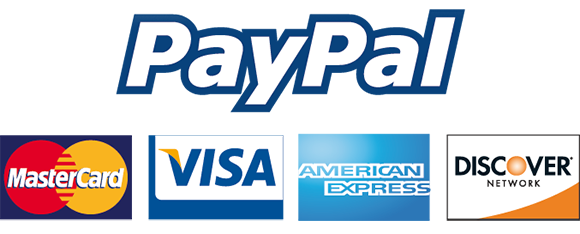Nursing 18920083
1-Do you think it is important for nurses to be involved in their professional organizations? Why or why not?
2. The Affordable Care Act (“ObamaCare”) has been both praised and vilified. Debate the pros and cons of this legislation and of health-care reform in general.
3. What is your vision of nursing’s future? How will you contribute to shaping it?
4. Interview a nurse educated in a diploma program at least 20 years ago.
a-How did that nurse’s education differ from your education today?
5. Locate the website of a professional organization related to nursing. Bring a copy of the organization’s mission, membership criteria, and standards of practice.
6. Ask five people of different ages and gender who do not work in the health-care field what they think most nurses do. Compile their answers with the answers your classmates collected and summarize them. Compare the summary to what you know nurses actually do.
a-Were the answers realistic?
b-Did they over- or underestimate the responsibilities most nurses have?
c-Did they recognize the wide variety of things nurses do?
d-Was there a difference by age or gender of the person answering the question?
e-What do the results tell you about the public’s image of nursing?
f-What do you think influences their image the most? Explain your answer.
7. Describe the nurse of the future.
a-What does he or she do?
b-Do you think nursing will become a more powerful force in health care?
c-Why or why not?

